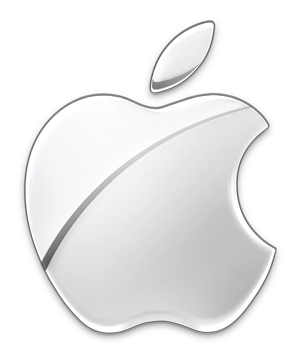 Last week was quarterly reporting week, and both Apple and Nokia let us have a glimpse on whatever they did. Subsequently, some reported (via Twitter) that the iPhone outsold the N series for the first time.
Last week was quarterly reporting week, and both Apple and Nokia let us have a glimpse on whatever they did. Subsequently, some reported (via Twitter) that the iPhone outsold the N series for the first time.
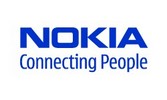 Nokia first: In Q2, Nokia sold 103.2m units (down 15% year-on-year but 11% as compared to Q1). Total sales of “smartphones” amounted to 16.9m devices, of which 4.6m were N series (the balance being made up of E series and some “numbered” devices, of which the 5800 series took the biggest share). The total number of Nokia smartphones (or “converged devices”) in market was thought to be 41m. Nokia estimated its share of the smartphone market to amount to 41%, which would be up 2 points from the previous quarter. I wonder…
Nokia first: In Q2, Nokia sold 103.2m units (down 15% year-on-year but 11% as compared to Q1). Total sales of “smartphones” amounted to 16.9m devices, of which 4.6m were N series (the balance being made up of E series and some “numbered” devices, of which the 5800 series took the biggest share). The total number of Nokia smartphones (or “converged devices”) in market was thought to be 41m. Nokia estimated its share of the smartphone market to amount to 41%, which would be up 2 points from the previous quarter. I wonder…
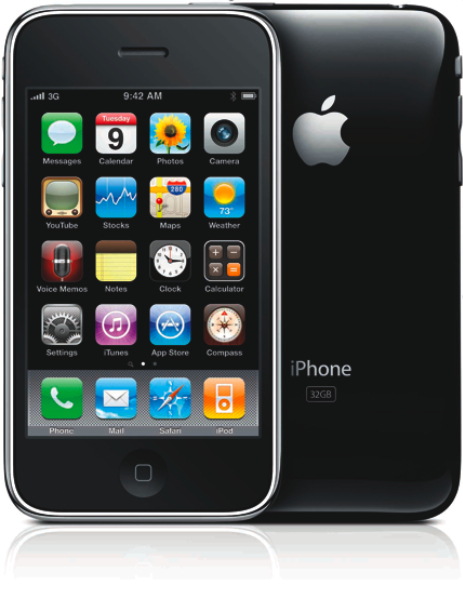 Apple, by contrast, reported that it sold a whopping 5.2m iPhones in Q2 (Apple’s financial Q3), which means that the iPhone outsold the Nokia flagship smartphone series for the first time. A couple of years ago, no one would have thought this was possible! It is noteworthy that this does not even include the iPhone 3GS, which only went on sale after the close of the quarter.
Apple, by contrast, reported that it sold a whopping 5.2m iPhones in Q2 (Apple’s financial Q3), which means that the iPhone outsold the Nokia flagship smartphone series for the first time. A couple of years ago, no one would have thought this was possible! It is noteworthy that this does not even include the iPhone 3GS, which only went on sale after the close of the quarter.
After all the worries about Nokia’s performance (see e.g. here, here and here) and the relevance of Apple’s “minute” market share in relation to the total handset market, this is a very important benchmark: not only does Apple beat Nokia in an important segment (the N-series traditionally spear-headed Nokia’s mass market assault on the higher-end side of handsets) but it also shows the dynamics behind Apple. Nokia’s distribution and incumbent market footprint is hugely superior than Apple’s and yet Apple manages to outsell them. Very impressive indeed!

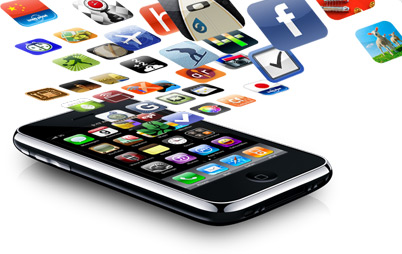 There have been rumours galore about Apple’s exclusive deals for its iPhone all over the place (see e.g.
There have been rumours galore about Apple’s exclusive deals for its iPhone all over the place (see e.g. 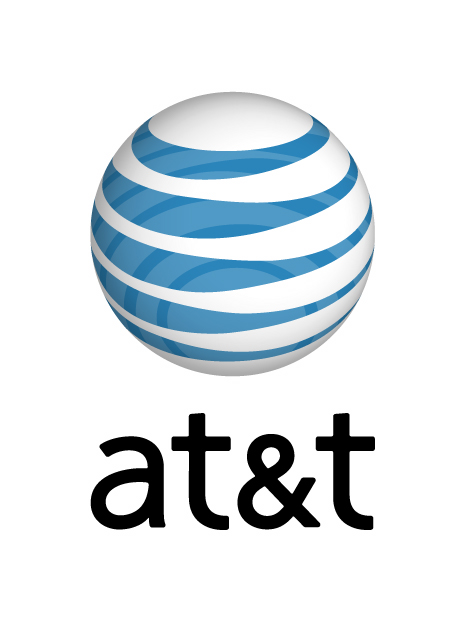 In the US, the Verizon discussion has been around for a while. A
In the US, the Verizon discussion has been around for a while. A 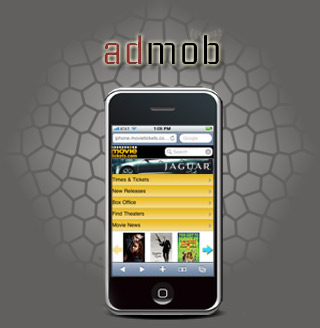 Mobile advertising firm
Mobile advertising firm 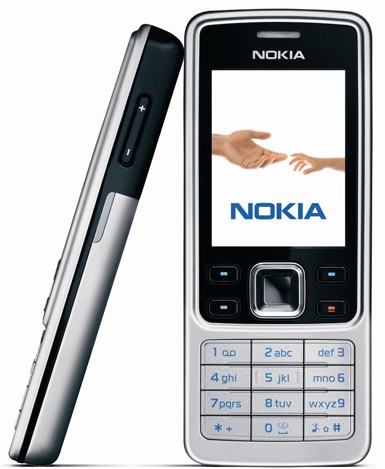 Here’s our monthly update on the best-selling phones as derived from accessory sales by Swedish company
Here’s our monthly update on the best-selling phones as derived from accessory sales by Swedish company 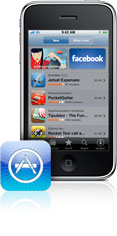 It is early July and we have not been reading analysts’ estimates on how much Apple may or may not make from application downloads through its app store for at least, what, 2 weeks (here’s a piece from a while ago). High time for another round then…
It is early July and we have not been reading analysts’ estimates on how much Apple may or may not make from application downloads through its app store for at least, what, 2 weeks (here’s a piece from a while ago). High time for another round then… 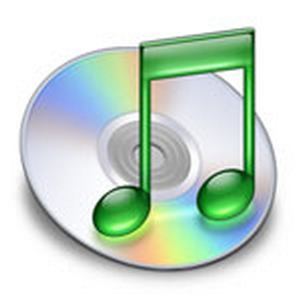 Now this is
Now this is 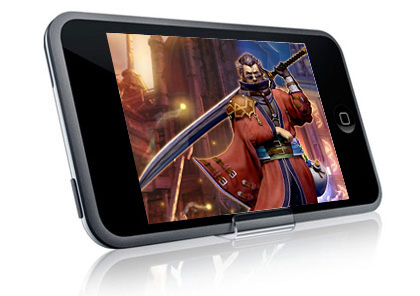 And then – another indication on how far we have gone – the NY Times starts to whine: it notes that “despite Apple’s relentless advertising of its App Store, it seems that the availability of applications is not the primary driver of phone-buying behavior.” Doh. Now, here’s a finding. 74% of the respondents said the device “allowed” them to check their e-mail and calendar, and it allowed them to consolidate multiple devices into a single device whereas “only” 67% cited the availability of new games and applications. Only 67%, huh? Brave new world!
And then – another indication on how far we have gone – the NY Times starts to whine: it notes that “despite Apple’s relentless advertising of its App Store, it seems that the availability of applications is not the primary driver of phone-buying behavior.” Doh. Now, here’s a finding. 74% of the respondents said the device “allowed” them to check their e-mail and calendar, and it allowed them to consolidate multiple devices into a single device whereas “only” 67% cited the availability of new games and applications. Only 67%, huh? Brave new world!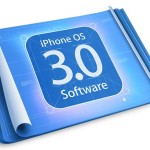 The breath of fresh air that Apple has been bringing to the mobile content industry does not seem to end. However, this time, it is not so much fresh air by Apple but rather a borrowed deodorant from Microsoft (more specifically the iPod killer called Zune) and that is app-sharing. Whilst this might be largely superfluous for the Zune (how often will you find a group where more than one person has one? – as the good folks from the Apple Blog
The breath of fresh air that Apple has been bringing to the mobile content industry does not seem to end. However, this time, it is not so much fresh air by Apple but rather a borrowed deodorant from Microsoft (more specifically the iPod killer called Zune) and that is app-sharing. Whilst this might be largely superfluous for the Zune (how often will you find a group where more than one person has one? – as the good folks from the Apple Blog